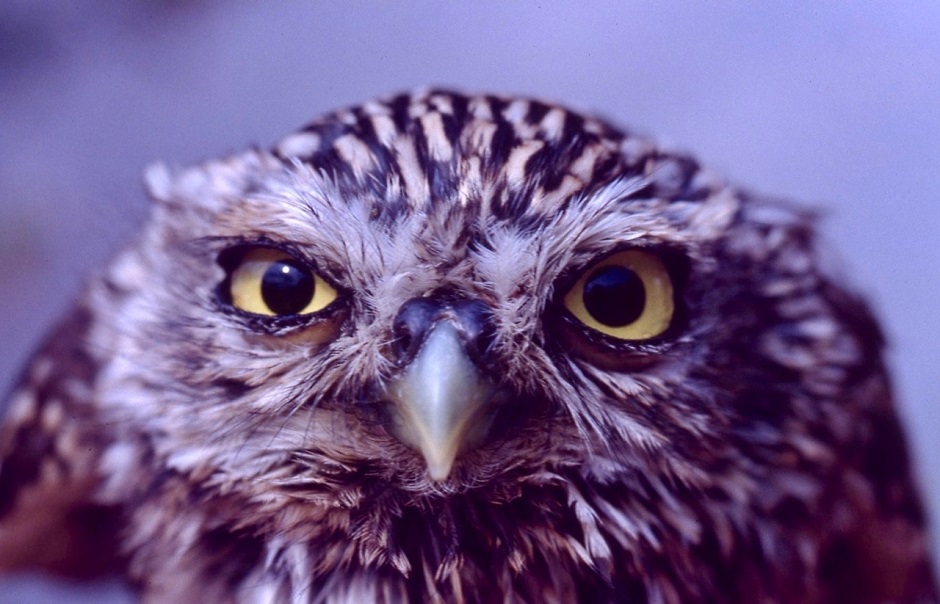Its excellent sense of hearing enables it to detect small rodents, large insects, birds and worms, whereas its small size (25 cm from beak to tail) prevents it from hunting for larger prey.
 Photo: Antonio Cruz
Photo: Antonio Cruz
The desert owl and screech owl will possess it;
the great owl and the raven will nest there.
God will stretch out over Edom
the measuring line of chaos
and the plumb line of desolation..
(Is. 34:11)
In some versions of the Bible the Hebrew term weyansowp is translated as “owl” while in others it is “hedgehog”. However, the context of these verses makes it clear that the preferable reference is to the bird rather than to the spiky mammal.
In all these verses the owl appears in a list of exclusively impure, or non-edible birds (Lv. 11:16; Dt. 14:15; Is. 34:11).
The common owl (Athene noctua) is a nocturnal bird of prey of the Strigidae family which lives in southern Europe, north Africa and the Holy Land. It likes to take up position on the branches of olive trees, from where it picks out its prey at nightfall, though it can also be occasionally seen on the top of a post. Its excellent sense of hearing enables it to detect small rodents, large insects, birds and worms, whereas its small size (25 cm from beak to tail) prevents it from hunting for larger prey.
It has large eyes, with a yellowy iris, orientated on the same level, towards the front of the skull. This gives them excellent, stereoscopic vision, and great precision when it comes to calculating the exact distance to its possible prey. As it can see objects with its two eyes at the same time, it can compare its two angles of vision. This accounts for the curious movements it makes with its head to be certain of its distance from whatever it is observing. By and large, its appearance is chubby, and it is brown with white dotted lines. It is rather like the European Scops owl, though somewhat larger. Its song sounds like a sharp, piercing call.
It does not build its nests in the branches of trees, nor on rocks, but rather takes advantage of existing holes, like the hollows in trees or burrows made by other animals. It lays between two and five eggs a year, between the months of May and July. Like many other birds, this owl forms stable partnerships that last throughout its life, until one of the two dies.
C.H. Spurgeon, in his commentary on the fourth Psalm, refers to the song of the owl with these words.
“How quickly doth the tongue betray the character! "Speak, that I may see thee!" said Socrates to a fair boy. The metal of a bell is best known by its sound. Birds reveal their nature by their song. Owls cannot sing the carol of the lark, nor can the nightingale hoot like the owl. Let us, then, weigh and watch our words, lest our speech should prove us to be foreigners, and aliens from the commonwealth of Israel.” [1]
[1] Spurgeon, Treasury of David.

Las opiniones vertidas por nuestros colaboradores se realizan a nivel personal, pudiendo coincidir o no con la postura de la dirección de Protestante Digital.
Si quieres comentar o